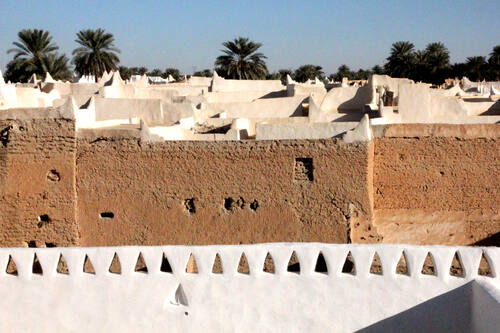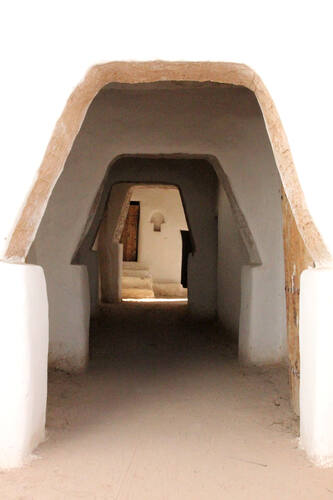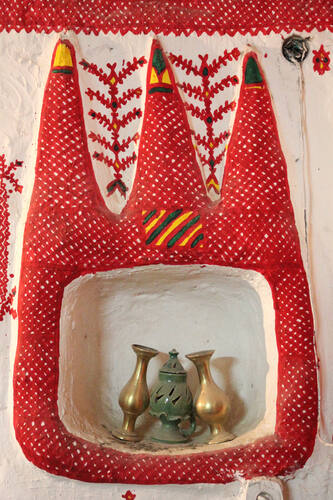 |
| Otherwise, it's all about an epic text conversation over boyfriend buying makeup for his girl. ZZZZZZZ |
Archaeologists have used satellite imagery to identify a site in Newfoundland that could be the first new Viking site discovered in North America in over 50 years.
Satellite imagery, magnetometer surveys, and a preliminary excavation of the site at Point Rosee in Southern Newfoundland last year could point to a potentially fascinating discovery.
Until now, Newfoundland has the only Viking site in North America, found in the 1960s at L’Anse Aux Meadows on the northern tip of Newfoundland, about 300 miles from Point Rosee.
Discovery News online reports that the new site was identified by Archaeologist Sarah Parcak of the University of Alabama, Birmingham, used high-resolution satellite imagery to spot ruins as small as 11 inches buried below the surface:
 |
| From Discovery. To the trained eye it still looks like..a mossy bog. |
The archaeologists’ investigation will feature in “Vikings Unearthed,” a special of PBS’s NOVA science series, co-produced with the BBC, that premieres online on April 4. The special will air on PBS April 6.
Satellites positioned around 478 miles above the Earth enabled Parcak and her team to scan a vast section of America and Canada’s eastern seaboard.
The satellite images, two magnetometer surveys, and preliminary excavations suggest “sub-surface rectilinear features,” according to the experts, who also identified possible evidence of ironworking in the form of roasted iron ore. Radiocarbon technology has dated the site to between 800 and 1300 AD.
The project was led by Parcak and co-directed by Gregory Mumford, an associate professor at the University of Alabama at Birmingham and Frederick Schwarz, of Black Spruce Heritage Services. Douglas Bolender, an archaeologist at the University of Massachusetts, Boston, and historian Dan Snow also participated in the investigation.
 |
| Less in the middle of Nowhere, Newfoundland than the other one as the ferry dumps you off in Port-au-Basque. |
We all know that the vikings brought the fun in New-Fund-land...ok bad attempt at pun. But the fact that if this data is confirmed as Norse by further research, the site will show that the Vikings travelled much farther in North America than previously known, pushing the boundary of their explorations over 300 miles to the southwest.
And another tourist site for Newfoundland to promote the hell out of.
























